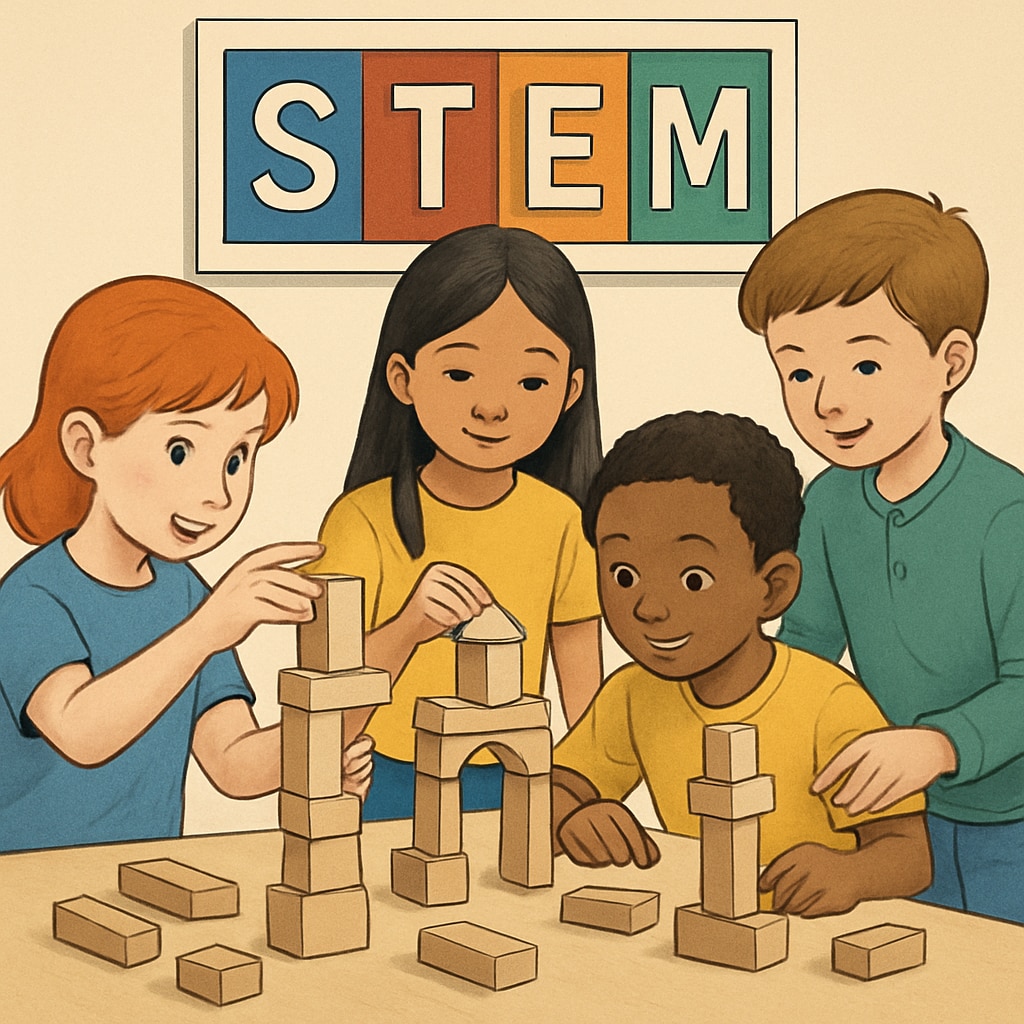For young children with a natural inclination toward hands-on activities, traditional education models may not always spark their interest. Instead, these curious minds thrive when given the freedom to explore, create, and build. If your 4-year-old boy is captivated by circuits, robots, and practical invention, finding the right balance between nurturing his creativity, educational choices, and early development is essential. In this article, we’ll explore strategies and tools to ignite his passion while ensuring holistic growth.
Recognizing the Value of Hands-On Learning
Hands-on learning (also known as experiential learning) involves engaging directly with materials to solve problems, create models, and understand concepts. Research has shown that children who learn by doing retain information better and develop critical thinking skills more effectively. For a 4-year-old boy who prefers tinkering with gadgets over coloring books, this approach allows him to connect with his natural curiosity and creativity.
For instance, introducing STEM (science, technology, engineering, and mathematics) toys, such as building blocks or beginner robotics kits, can provide an outlet for exploration. Encouraging open-ended play—where there are no specific instructions or outcomes—also fosters innovation. As a result, your child not only develops cognitive skills but also builds confidence in his ability to solve problems independently.

Choosing Alternative Educational Approaches
When traditional classroom settings feel restrictive, parents can explore alternative educational paths tailored to their child’s hands-on tendencies. Here are a few options:
- Montessori Education: With its emphasis on self-directed learning and tactile activities, Montessori can be an excellent choice for children who love to experiment and explore.
- Homeschooling: This flexible approach allows parents to design curricula that incorporate hands-on STEM projects, art, and nature-based learning.
- STEM-Focused Programs: Seek out community workshops or online programs that offer age-appropriate courses in robotics, coding, or engineering.
For example, resources like Khan Academy Kids provide engaging, interactive lessons that align with a child’s developmental needs. Likewise, local makerspaces or libraries often host events where children can work on collaborative projects.

Balancing Creativity with Holistic Development
While nurturing a child’s creative talents is crucial, it’s equally important to ensure his overall development. Social skills, emotional intelligence, and physical growth should complement cognitive learning. Simple strategies include:
- Encouraging Group Play: Enroll your child in playgroups or cooperative learning classes to develop teamwork and communication skills.
- Incorporating Outdoor Activities: Nature hikes, gardening, or building forts outdoors provide opportunities for physical activity and real-world problem-solving.
- Setting a Routine: A balance between unstructured play and scheduled activities helps children feel secure while fostering discipline.
Additionally, positive reinforcement and celebrating small achievements can motivate your child to continue exploring his interests while building resilience.
Long-Term Benefits of Early Hands-On Education
Investing in a hands-on, creativity-driven approach to early childhood education has long-term benefits. Children who are encouraged to think critically and experiment often carry these skills into adulthood, becoming innovative problem solvers and lifelong learners. Moreover, exposing your child to diverse activities early on helps him identify his passions and strengths.
For more insights into the importance of hands-on learning, you can explore this article on experiential learning from Britannica. By tailoring your child’s education to suit his unique interests, you’re setting the foundation for a bright and fulfilling future.
Ultimately, the goal is to honor your child’s individuality while equipping him with the tools to thrive academically, socially, and emotionally. With the right blend of creativity, educational choices, and early development strategies, your little inventor can blossom into a confident, well-rounded individual.
Readability guidance: Use short paragraphs and lists to summarize key points. Ensure a mix of practical tips and broader insights. Maintain a conversational yet professional tone throughout.


